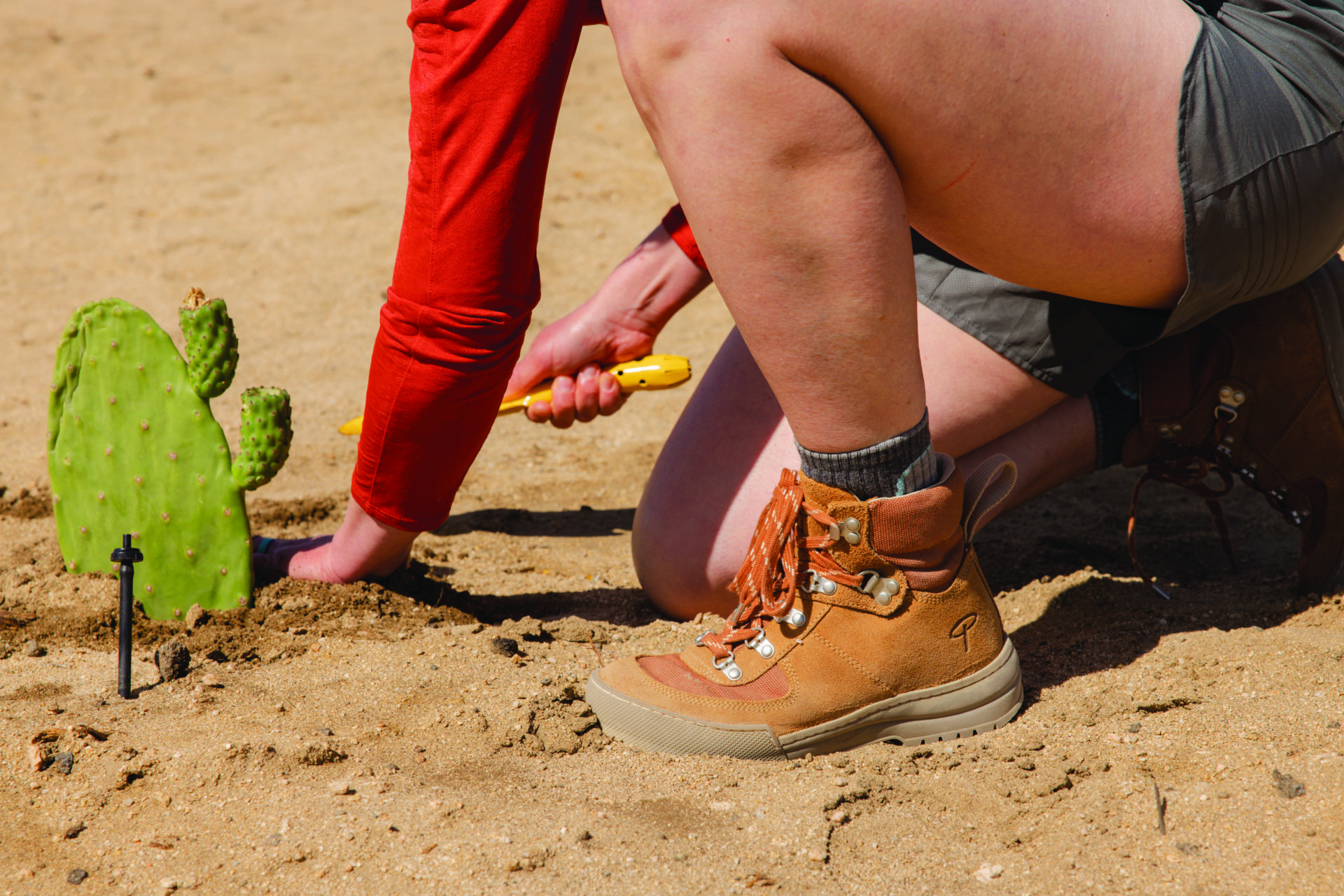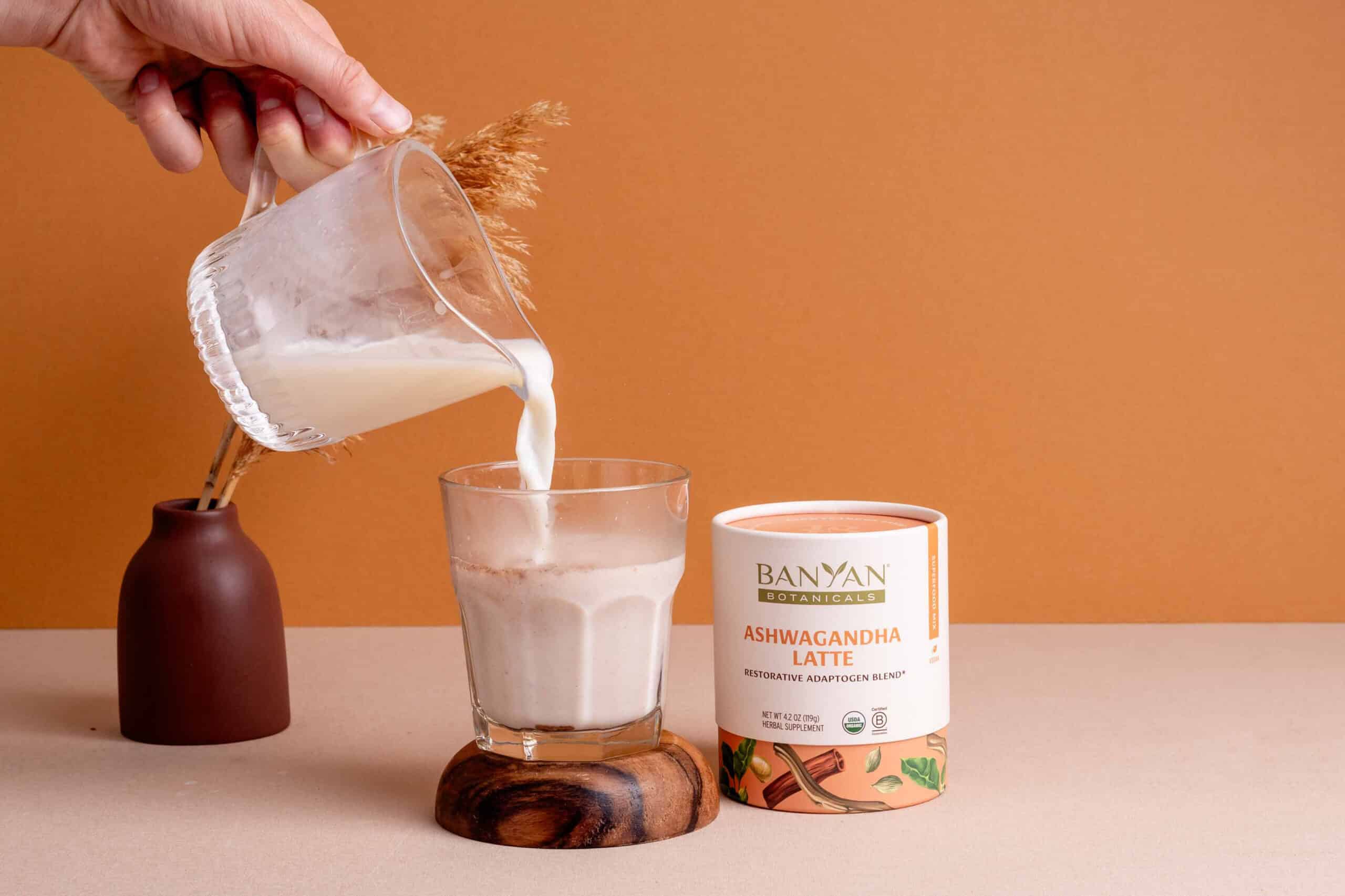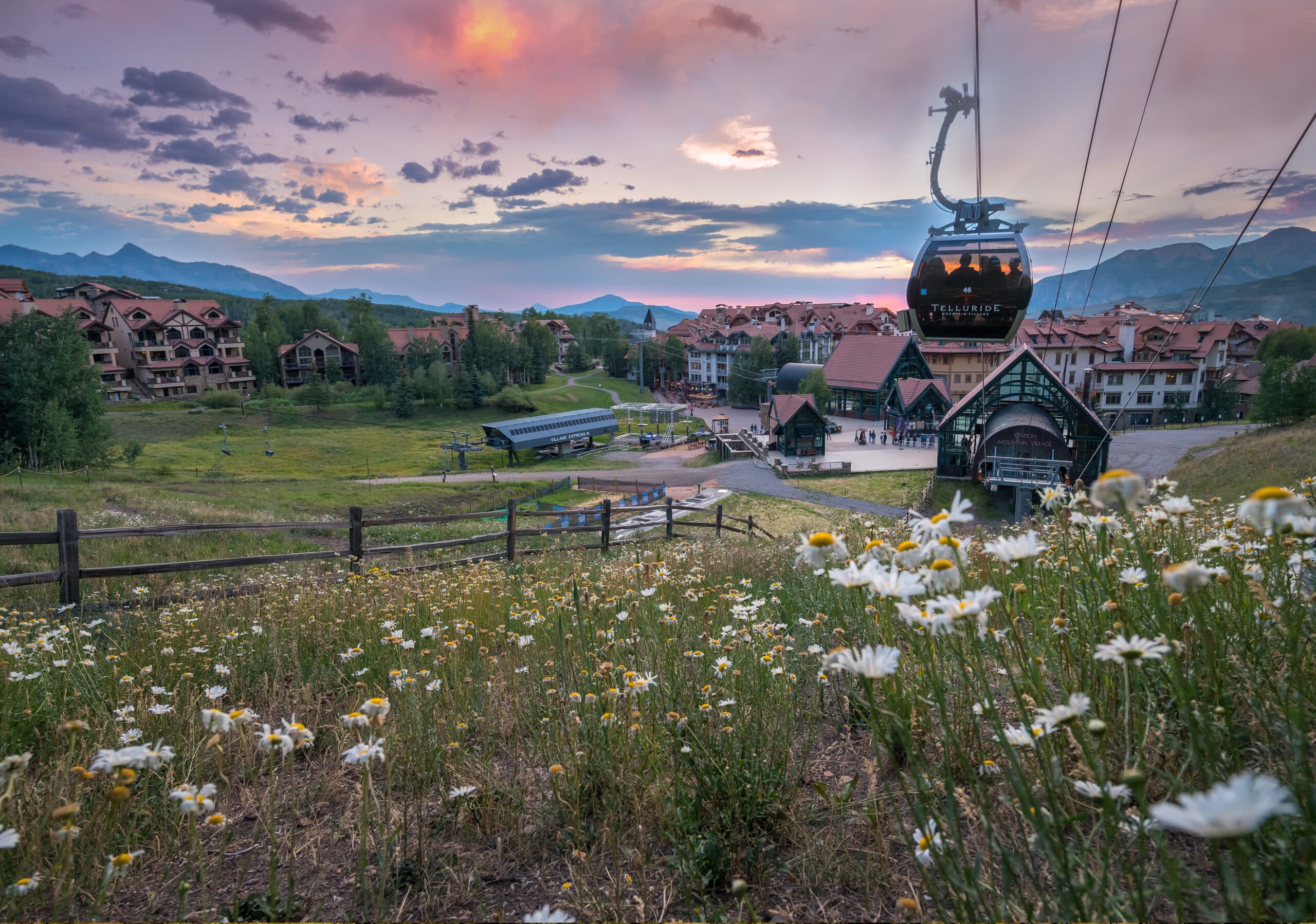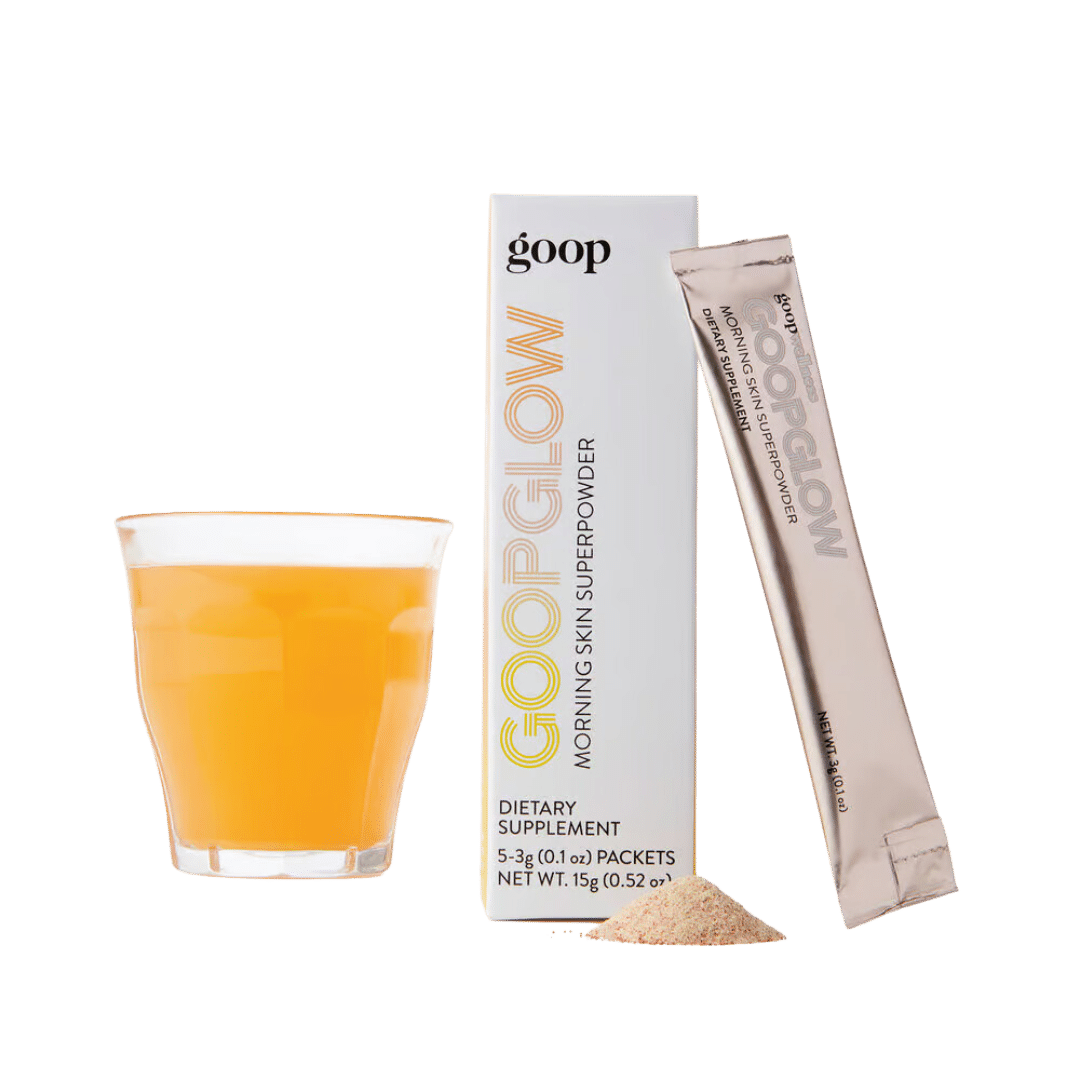Erem : Walking the Talk of Performance + Sustainability | By Kim Fuller
When it’s hotter than hot in the desert and very little can survive, “the cacti are humming.” That’s how Noah Swartz puts it, and he has big ideas about how certain cacti may just provide a big solution to some of the planet’s toughest challenges.
Swartz is the co-founder and chief executive officer of Erem, an outdoor brand focused on desert performance. This past spring, I spent several days in Joshua Tree, California with Swartz, the Erem team and several other journalists to learn about the company, their products and, most importantly, Erem’s commitment to plant one million cactus pear and the projected impact of this mission.
“As a desert company, we applaud the UN’s goal to plant one trillion trees but recognize that this goal isn’t relevant for a massive portion of the planet, and so, doesn’t go far enough,” says Swartz. “Planting cactus pear is a better solution for arid landscapes in terms of long-term carbon sequestration, protecting local ecology, revitalizing local economies and conserving precious water resources.”
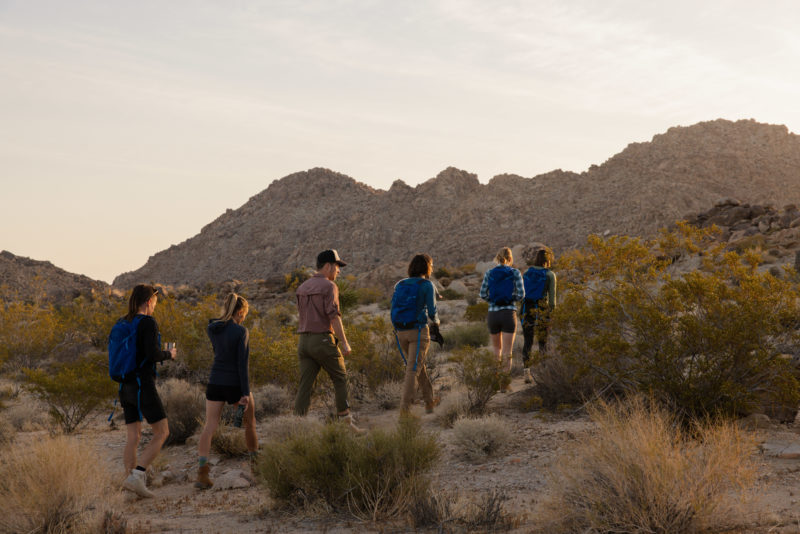
Photo by Brian Chorski
Swartz emphasizes how one third of the earth’s landmass is desert and 20% of the global population lives in the desert. Other parts of the world, including South America, Mexico and Africa, have already invested in large-scale cactus pear projects, but in America, Swartz says, every time someone has tried this for the past 120 years it hasn’t worked.
“Now, we’re at the point where we can look at all those past mistakes, and we have the potential to really make it happen for the first time in America,” he says. Erem
So, what is it about this plant that holds this great potential? Known commonly as prickly pear, cactus pears have a great growth rate, their carbon sequestration is high, the fruit are in demand as food and the plants have biomass potential to be used as biofuel or fodder. The plants also need very little water in comparison to fruit trees (over 90% less water than orange trees, for instance). To start a new plant, all you have to do is cut a pad, let it dry for five days, then take that pad, dig a hole, put the pad in the earth and cover it with a little bit of soil, and you have a new plant. I actually planted one in Joshua Tree, and it’s just as easy as it sounds. Erem
Certain cacti, cactus pear in particular, breathe in carbon, but underground they take that carbon and store it, not as CO2, but as mineral — calcium carbonate. This move of carbon underground is a permanent sequestration, even after the cactus dies. With the plant’s impressive ability to pull carbon from earth’s atmosphere, Erem’s initial goal of planning 1 million cactus pear (which they have calculated will take around 2,000 acres) has the effect of taking 40,000 cars off the road every single year.
In addition, this move to grow large quantities of cactus pear can produce calories in the fruit and pads to feed hundreds of thousands of people. The cactus pear can be turned into renewable bioenergy and can also be used as a form of cattle feed, so the economic potential from this plant is multi-fold and stands strong alongside its environmental benefits.
“If you used to be a cotton farmer in Arizona, you have a very big problem on your hands,” says Swartz. “You have thousands of acres of plants you can no longer grow, because you can’t get water to grow it, so what are you going to grow? We have a solution for you. With 2,000 acres, a cotton farmer who used to get subsidized water can work with this solution that is going to be good for the planet and good for their bottom line.”
Erem’s brand pillars are to deliver best-in class performance for the desert, raise the sustainability bar for the outdoor industry and look to the desert for the planet’s biggest challenges.
“One of our founding beliefs is that the desert is under represented and under thought of in a lot of different ways, including when we think about some of our climates biggest challenges,” Swartz shares. “We think this is our responsibility to uncover what we believe is a global-type solution; we think it’s our responsibility to push it.”
Erem started this mission by planting its first 250 cactus pear cacti at a pilot site outside of Joshua Tree and is now scaling its Cactus Pear Program by cultivating thousands more plantings at a time. Erem will use proceeds from every sale of its products to fund this program until the goal of a million cacti is reached with partner farmers all over the world.
I haven’t even touched on their desert hiking boots, but I can attest that the brand’s commitment to quality stands out as much as its sustainability initiatives. Erem’s Xerocole collection provides the protection and support you need in harsh desert environments, and the collection uses only materials with 100% proven paths back to nature — a methodology they are trademarking as Biocircular.
The name “Erem,” pronounced Eh-rem, is an acronym adapted from the ancient Greek word for desert that stands for Exceptional, Responsible, Enduring and Motivated. This is the company’s product promise and brand philosophy.
To learn more, visit eremlife.com.
Erem’s initial goal of planning 1 million cactus pear has the effect of taking 40,000 cars off the road every single year.
Originally published in Winter + Spring 2022-23 issue.
Glowing just got more convenient with this revitalizing blend of skin-loving nutrients. Crafted with Vitamin C, Vitamin E [...]

Subscribe to Our Tribe
Stay up to date with Y+L News, Events and special announcements.





